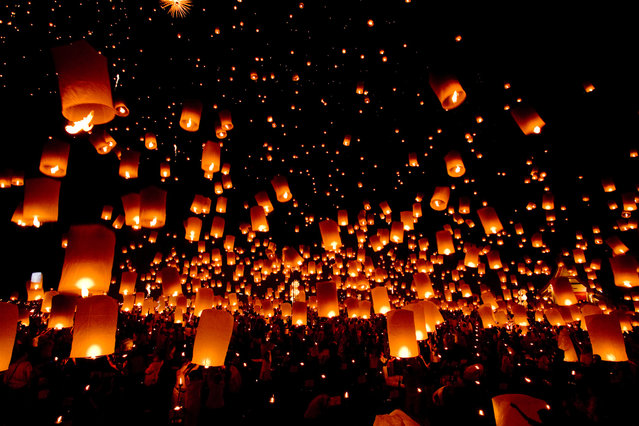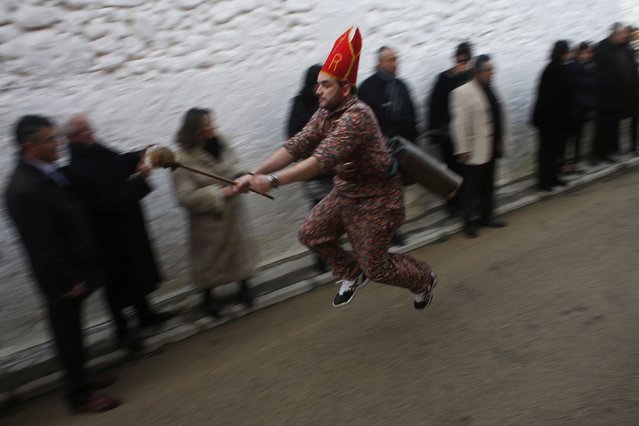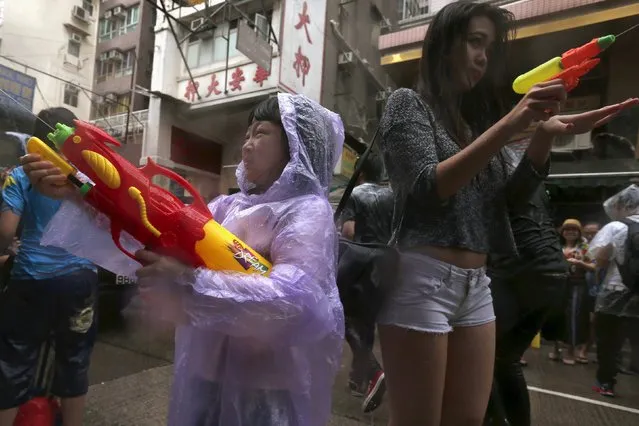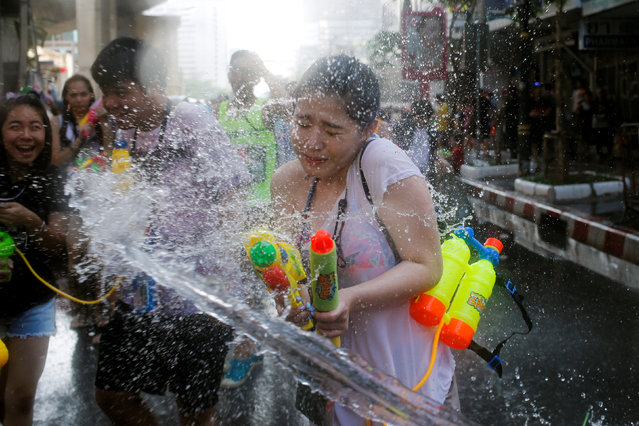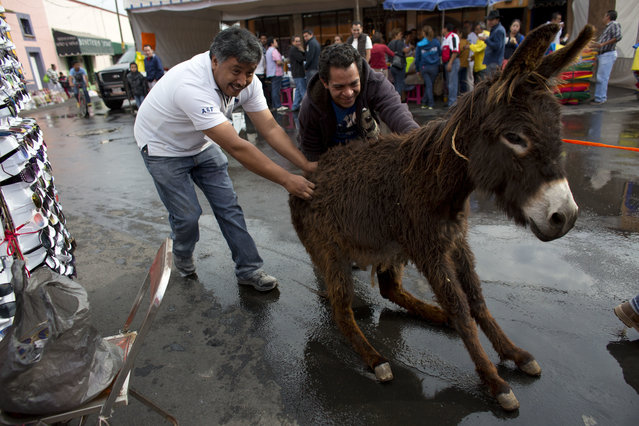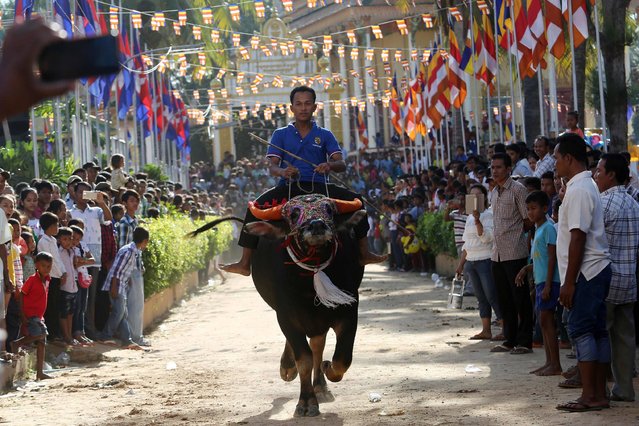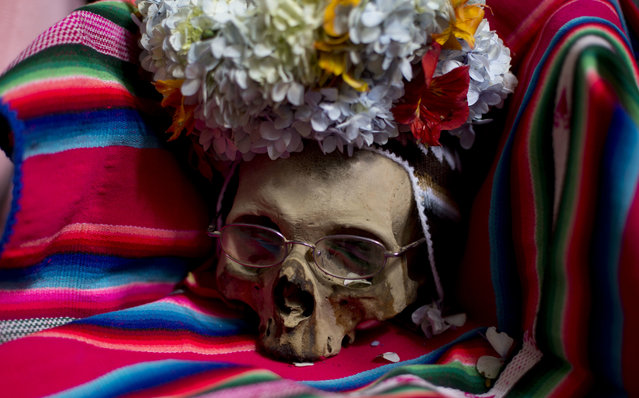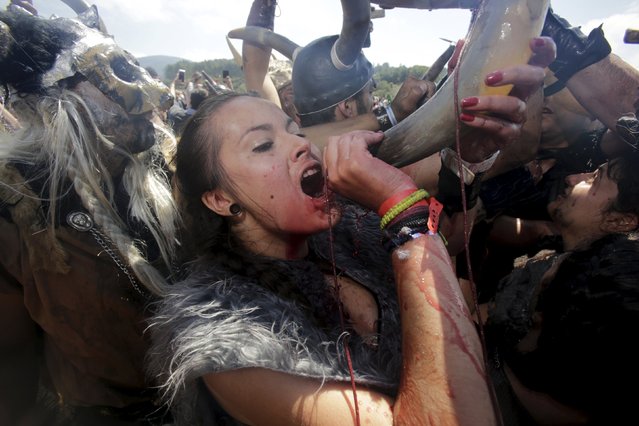
A woman dressed as a Viking drinks local red wine during the annual Viking festival of Catoira in north-western Spain August 2, 2015. The festival re-enacts past Viking raids in the area and is celebrated annually on the first Sunday in August. (Photo by Miguel Vidal/Reuters)
03 Aug 2015 12:47:00,post received
0 comments

